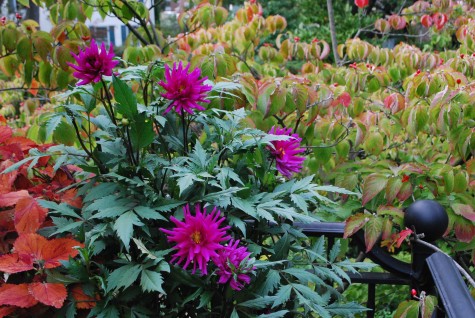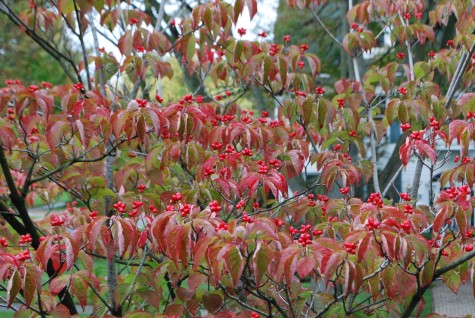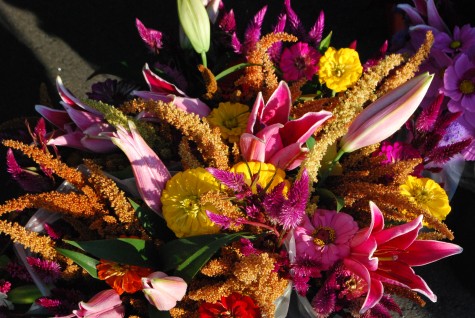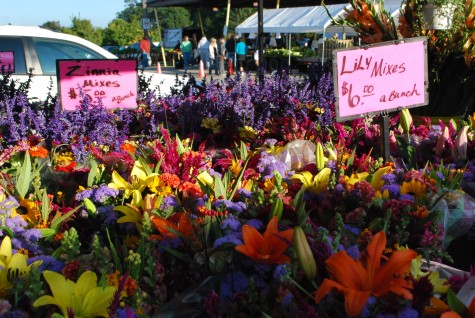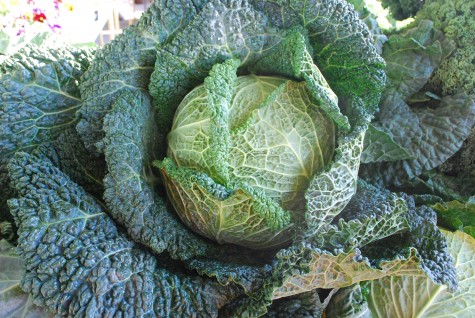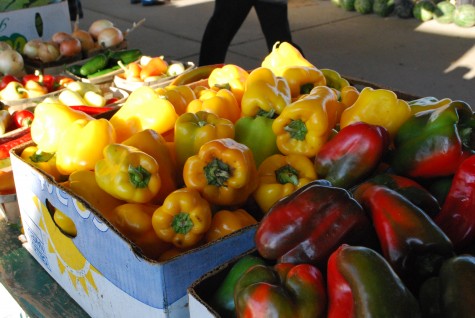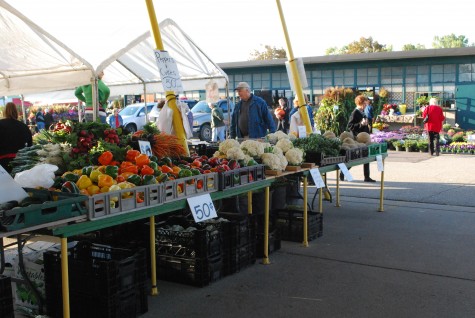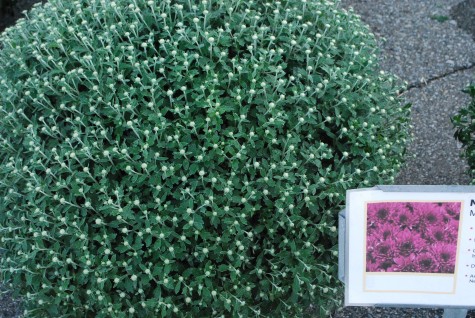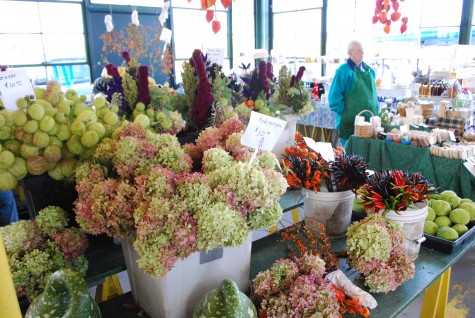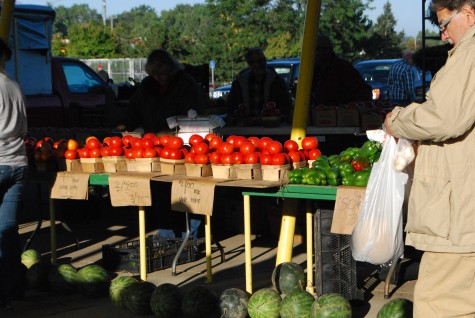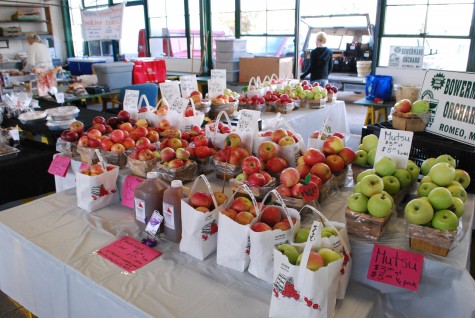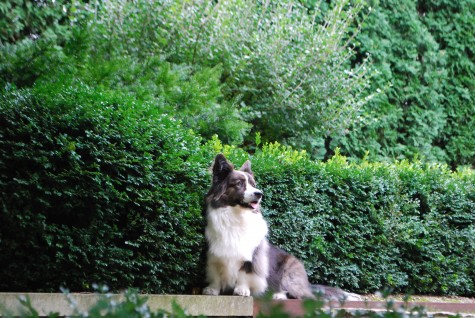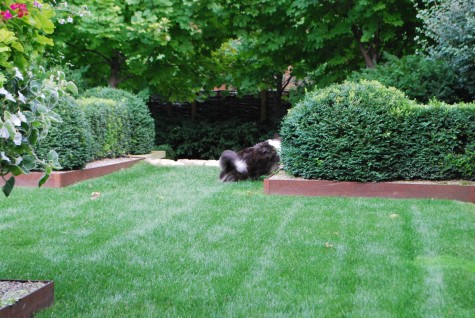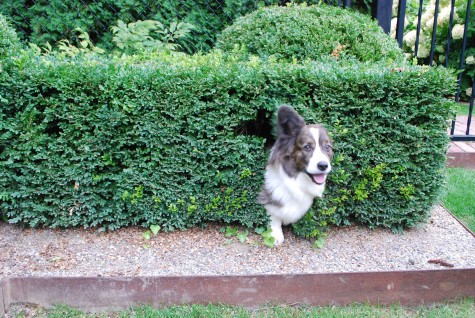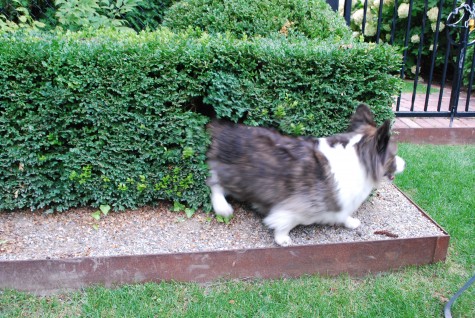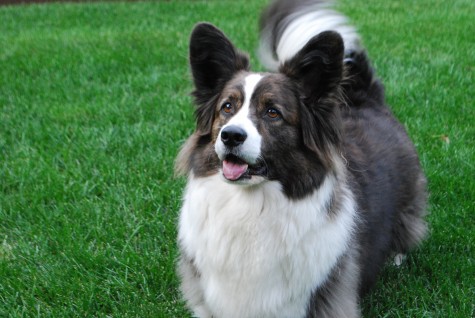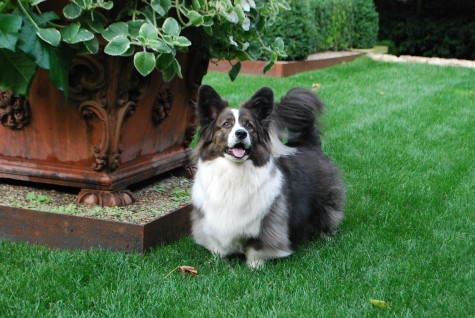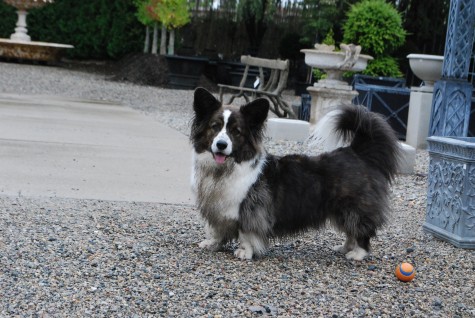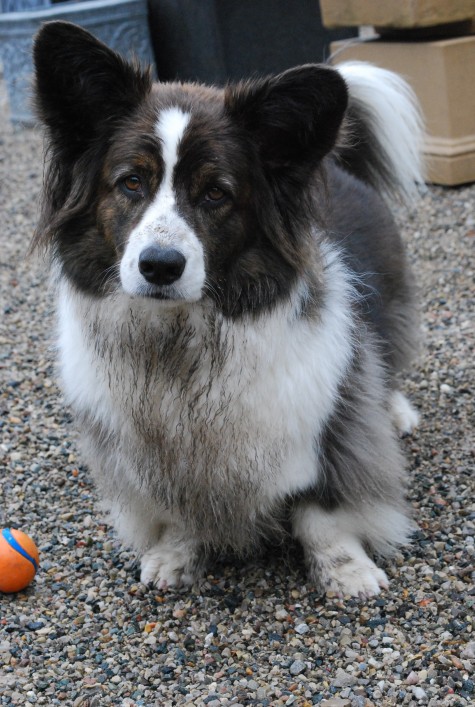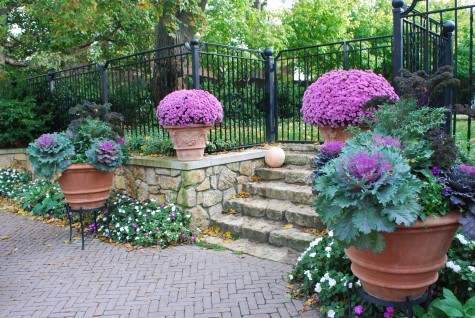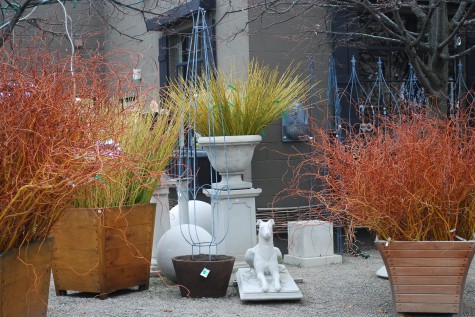Needing to start over is one of my least favorite states of being. I would do just about anything to avoid it. It is a tough go to face down a chunk of time, a lot of effort and materials that got paid for- invested in a plan that comes to no good. A discouraging turn of events doesn’t indicate a need to start over. I have had plants take a turn for the worse, that I managed to turn around. Plenty of times I have been faced with a poorly placed tree that I managed to make work with a new bed that made the placement of that tree seem intentional. Replacing plants that die is not starting over. Plants die all the time, for any number of reasons, many of which are beyond my control. Replacing plants dead plants is part of a good maintenance program. Spots that need a new start usually have to do with a poor choice of plant material, or poor placement. The 7 years I spent trying to get a large patch of Helleborus Argutifolius to thrive is a testament to my dread of starting over. The blackened stems and leaves, the distorted flower buds that very first spring was all the proof I needed that my climate is just too cold for this plant. It took another 6 springs just like the first one before I finally tore them all out, and started over. What was I thinking, living with that bad choice so many years? I did not want to start over.
I am not the only gardener with this problem. I have a neighbor with a hedge of burning bush planted between the garage wall, and the walk to the back door. I would say the space might be 3 feet wide. They were probably 18″ tall when they they were planted. They want to be 8′ tall and 8′ wide now. This is their natural mature size. She spends hours in the spring hacking them back to bare branches, and more hours all summer long further heading them back. She’s got to know she should tear them out, and start over. They are so large, it would take four men and a front end loader to properly dig and move them. I would chop them down, save the branches for my winter pots, and dig out the stumps-and start over. How the euonymus are pruned to fit the space has produced a look less than pretty. The interior of each plant is sticks; the layer of leaves on the top and sides is very thin. There are no leaves at the bottom. They look terrible, not through any fault of their own. A hedge of burning bush with plenty of room to grow wide and tall is robustly branchy in the winter, and fiery red in the fall. Big growing shrubs need a lot of space to grow into what they do best. What’s wrong here is a gardener who does not want to start over.
I had a meeting with a client yesterday. She tells me it is very difficult for her to pitch any plant. Gardeners are devoted to keeping plants alive, right? If you grow daylilies or bearded iris, you divide when the clumps are no longer producing well. Some gardeners leave the divisions they cannot replant at the curb, with a please help yourself sign. This is a good way to distribute the plants you have no room for. I have a friend whose driveway is packed every summer with perennials, shrubs and trees in pots. She and her husband are devoted plant collectors. She has a large property; when the summer weather cools off, she plants. When the perennials outgrow their space, she divides, or transplants. Half the fun of a garden is moving things around, doing better by the plants. This is not starting over-this is fine tuning.
This scheme does not work so well with large growing suckering shrubs. It can be a monumental task to dig one with a sufficient rootball that it could survive the transplant process. Moving it to a new location is another issue all together. Setting it at the proper height for planting is yet another job. My crews move plants all the time. Watching the incredible effort and care that this takes, I think three times before I plant one in the ground. Moving an established shrub is a major undertaking-both for you, and the plant. I would suggest that the planning part of planting is a step you don’t want to skip. Have I ever skipped the planning part? Sure, plenty of times. Have I made mistakes? Many more than you have, I promise. From all the experience I have had with failure, I can assure you that once you overcome the “gravity” of your situation, a better garden is within your grasp.
